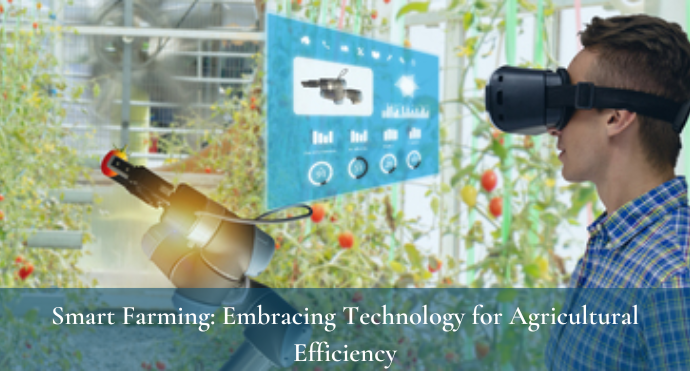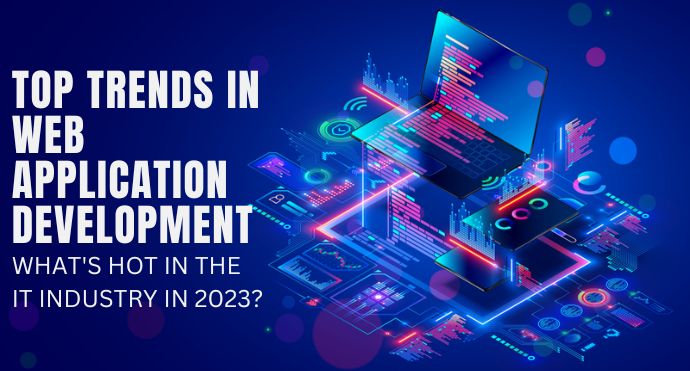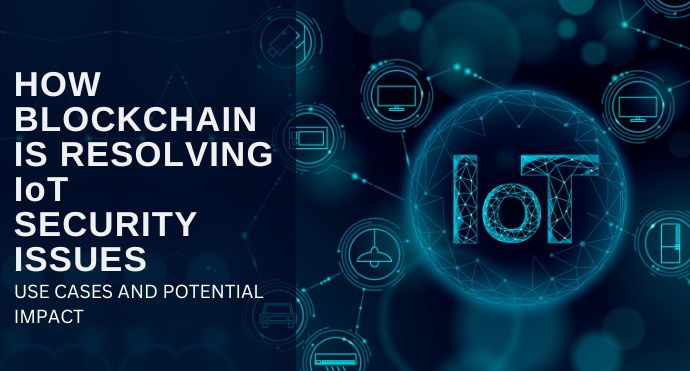In recent years, the world has witnessed a significant shift in agricultural practices, with the adoption of smart farming techniques revolutionizing the way we produce food. Smart farming, also known as precision agriculture, combines technology and data analysis to optimize agricultural processes, increase productivity, and reduce waste. By leveraging the power of automation, connectivity, and data-driven decision-making, smart farming has the potential to address the challenges of food security, environmental sustainability, and resource efficiency. In this article, we will explore the various aspects of smart farming and how it is transforming the agricultural landscape.
1. Internet of Things (IoT) and Sensors:
One of the key components of smart farming is the Internet of Things (IoT) and sensor technology. Sensors embedded in fields, livestock, and equipment collect real-time data on soil moisture, temperature, humidity, crop growth, and animal health. This data is transmitted to a central system, which allows farmers to monitor and analyze the conditions remotely. By having a comprehensive understanding of their farm’s ecosystem, farmers can make informed decisions regarding irrigation, fertilization, and pest control, leading to optimized resource utilization and increased yields.
2. Precision Farming:
Precision farming is a fundamental aspect of smart agriculture. It involves the use of advanced technologies such as GPS, drones, and satellite imagery to create detailed maps of farmland. These maps provide valuable insights into soil variability, nutrient content, and crop health. Armed with this information, farmers can precisely target their interventions, applying fertilizers and pesticides only where they are needed, reducing input costs and minimizing environmental impact. Moreover, drones equipped with high-resolution cameras can quickly identify crop diseases, pests, or nutrient deficiencies, enabling timely actions for prevention or treatment.
3. Automated Machinery:
Automation plays a vital role in smart farming by taking over labour-intensive tasks and optimizing farm operations. Autonomous tractors and harvesters equipped with GPS and AI technology can efficiently perform planting, spraying, and harvesting with precision and accuracy. This reduces the workload on farmers, improves operational efficiency, and enhances productivity. Furthermore, automated irrigation systems can adjust water usage based on real-time weather conditions and soil moisture levels, ensuring optimal irrigation without wastage.
4. Data Analytics and Predictive Models:
The vast amounts of data collected from sensors, satellites, and other sources in smart farming systems provide a wealth of information for analysis. Through data analytics and machine learning algorithms, farmers can gain valuable insights into historical patterns, identify trends, and make data-driven predictions. Predictive models can help optimize crop rotations, predict disease outbreaks, estimate yield potentials, and even forecast market demand. By harnessing the power of data, farmers can make proactive decisions that lead to improved efficiency, reduced risks, and increased profitability.
5. Resource Conservation and Environmental Sustainability:
Smart farming practices promote resource conservation and environmental sustainability. By precisely applying inputs like water, fertilizers, and pesticides, farmers can minimize waste and reduce the impact on the surrounding ecosystem. Additionally, smart farming techniques enable better land management practices, including soil erosion control, biodiversity preservation, and reduced chemical runoff. These sustainable approaches contribute to the long-term health of the land and ensure a more sustainable future for agriculture.
Conclusion:
Smart farming represents a new era in agriculture, where technology and innovation are driving increased efficiency, productivity, and sustainability. By embracing IoT, sensor technology, automation, and data analytics, farmers can optimize their operations, reduce costs, and minimize environmental impact. The integration of precision farming techniques, automated machinery, and predictive models empowers farmers to make data-driven decisions and adapt to ever-changing conditions. As the world’s population continues to grow, smart farming offers a promising solution to meet the global food demand while preserving our precious resources. It’s time to embrace technology and unlock the full potential of smart farming for a more efficient and sustainable agricultural future.



